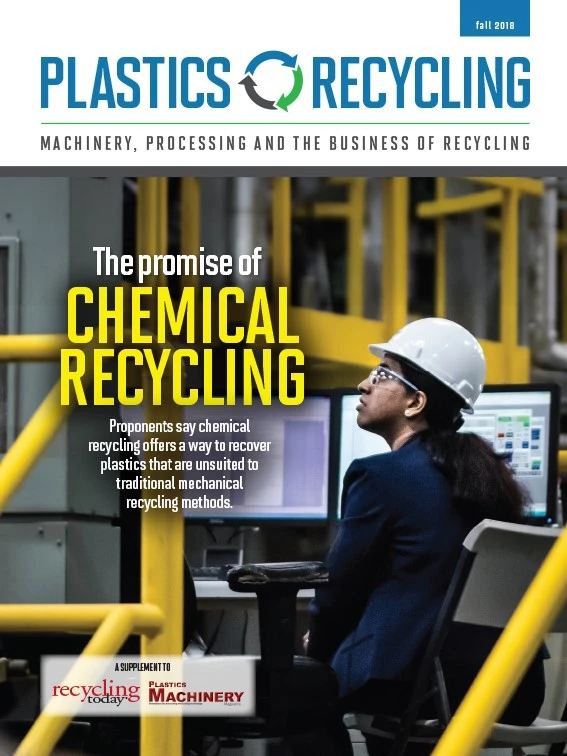
As one might expect, the Plastics Industry Association (PLASTICS) gets a lot of questions about plastic. Lately, they’ve been about plastic waste.
When responding to such inquiries—from the press, from students, from members of the industry and other concerned observers—we emphasize that when it comes to waste and litter, the focus should be on expanding recycling and improving our waste management infrastructure rather than on banning products.
This philosophy has guided PLASTICS for years. We believe that making waste management a priority and finding market-based ways to preserve the value of plastics create the best chance for making a lasting impact on plastics that become litter. We all agree that waste is a problem, and no one—let alone the people who design and manufacture them—wants to see these products end up as litter.
If recycling and waste infrastructure are what need to be fixed, then how should that happen?
It will take the entire plastics supply chain to forge an effort where every piece of plastic can be properly disposed of by every end user. From adhering to principles of design for recycling at the product development stage to finding new ways to capture hard-to-collect items to discovering unique ways to process materials profitably, it will take all of us to build a brighter future for plastics recycling.
That means more than just financial investment, even though it does mean that as well. At PLASTICS, we’ve started to collaborate with other organizations at the national and international levels to advocate for major investments in upgrading and retrofitting material recovery facilities (MRFs), adding regional aggregation and transfer facilities and opening more recycling plants. Beyond investing in new research and technology, we also need to invest in education so consumers know where to put plastic products when they’re done using them.
PLASTICS has outlined legislation and policy proposals that governments can use to join the fight against litter and plastic waste. We also have pilot programs and projects designed to find solutions to plastics recycling’s biggest challenges.
Beyond that, as the only organization that represents the entire plastics supply chain, PLASTICS is positioned to lead the way on building a new future for plastics recycling.
This is a critical moment. We all have a part to play in supporting recycling and waste management infrastructure and in telling the industry’s story. No matter what your company does, you’re a part of plastics recycling and your support and participation will be critical to its success.

Explore the November 2018 Plastics Recycling Issue
Check out more from this issue and find your next story to read.
Latest from Recycling Today
- LumiCup offers single-use plastic alternative
- European project yields recycled-content ABS
- ICM to host colocated events in Shanghai
- Astera runs into NIMBY concerns in Colorado
- ReMA opposes European efforts seeking export restrictions for recyclables
- Fresh Perspective: Raj Bagaria
- Saica announces plans for second US site
- Update: Novelis produces first aluminum coil made fully from recycled end-of-life automotive scrap





